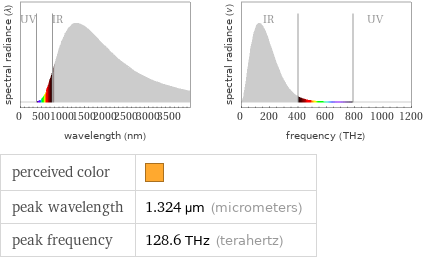Input interpretation

carbon allotropes | melting point
Summary
![median | 1915 °C highest | 3675 °C (graphite) lowest | 280 °C (buckminsterfullerene and [5, 6]-fullerene-C70) | (based on 4 values; 1 unavailable)](../image_source/b97b551b2c5b2a359d823bef83701967.png)
median | 1915 °C highest | 3675 °C (graphite) lowest | 280 °C (buckminsterfullerene and [5, 6]-fullerene-C70) | (based on 4 values; 1 unavailable)
Entity with missing value

diamond
Melting point rankings
![1 | [5, 6]-fullerene-C70 | 280 °C 2 | buckminsterfullerene | 280 °C 3 | activated charcoal | 3550 °C 4 | graphite | 3675 °C (based on 4 values; 1 unavailable)](../image_source/08943d774f64a97841a8117d3fb73dac.png)
1 | [5, 6]-fullerene-C70 | 280 °C 2 | buckminsterfullerene | 280 °C 3 | activated charcoal | 3550 °C 4 | graphite | 3675 °C (based on 4 values; 1 unavailable)
Unit conversions for median melting point 1915 °C

2188 K (kelvins)

3479 °F (degrees Fahrenheit)

3939 °R (degrees Rankine)

1532 °Ré (degrees Réaumur)

1013 °Rø (degrees Rømer)
Comparison for median melting point 1915 °C

131.8 °C below temperature of a hydrogen flame (2320 K)

247 °C above melting point of titanium (1668 °C)
Blackbody information for median melting point 1915 °C (degrees Celsius)

perceived color | peak wavelength | 1.324 µm (micrometers) peak frequency | 128.6 THz (terahertz)
Corresponding quantities

Thermodynamic energy E from E = kT: | 19 ceV (centielectronvolts)

Blackbody energy flux Φ from Φ = σT^4: | 1.3×10^6 W/m^2 (watts per square meter)

Approximate luminous exitance from a planar blackbody radiator perpendicular to its surface: | 4.244×10^6 lx (lux)